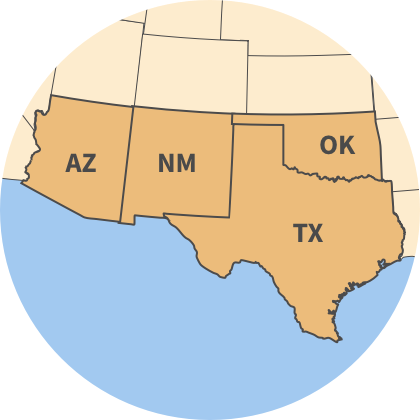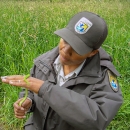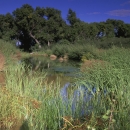
About Us
In the Southwest region, we work with a variety of partners and other agencies, communities, tribal governments, conservation groups, business interests, landowners and concerned citizens to conserve, protect, and enhance fish, wildlife, and their habitat.
Our regional office is in Albuquerque, New Mexico.
In This Region
Arizona
New Mexico
Oklahoma
Texas





